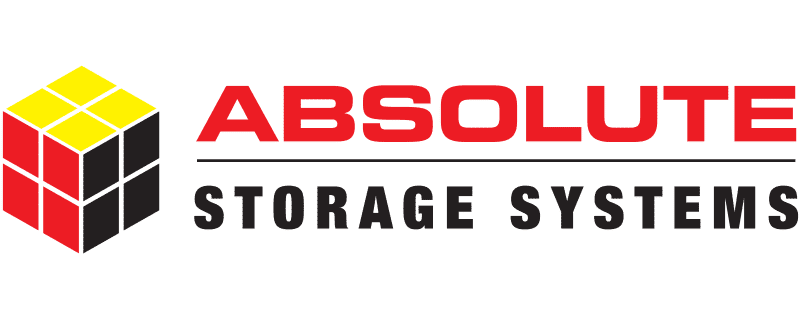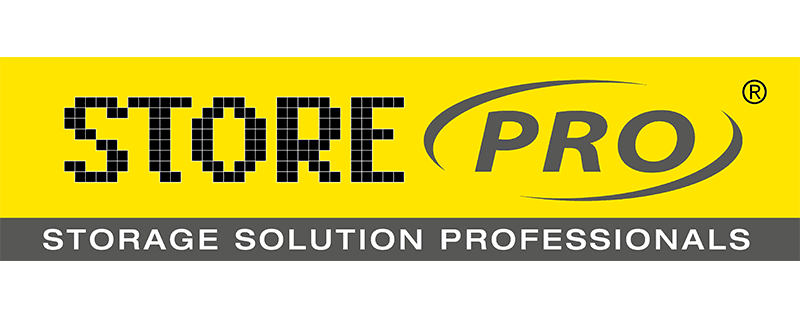What is an end-of-line solution?
What kind of end-of-line solutions does PHS Innovate offer?
What industries do you serve?
How can I determine which solution is best for my business?
When should we start talking to you about our need for an end-of-line solution?
Do you offer custom end-of-line solutions?
What is the lead time for your automated materials handling solutions?
Once a solution has been designed and built, do you offer installation and maintenance services?
What is your warranty policy?
Warehouse Automation FAQs
When should we start talking to you about our warehouse automation project?
What is warehouse automation?
What benefits does warehouse automation provide?
Here’s what you can expect when you move up to an automated warehouse:
- Increased efficiency and productivity: Automated systems can perform repetitive tasks faster and more accurately than humans, leading to faster processing times and increased throughput.
- Improved inventory management: Automated systems can provide real-time inventory data, making it easier to track stock levels, monitor expiration dates and identify discrepancies.
- Space efficiency: Warehouse automation allows you to make more use of every cubic metre of warehouse space.
- Safer for workers: Warehouse automation removes the need for regular human interaction inside the warehouse, so it’s suitable for harsh environments such as sub-0 temperatures and hypoxic environments.
- Reduced labour costs: Automation can reduce the need for manual labour, which can lower labour costs and free up employees to focus on higher-value tasks.
- Increased accuracy and reliability: Automated systems can perform tasks with a high degree of accuracy and consistency, reducing the risk of errors and improving overall reliability.
- Reduced workplace accidents: Automated systems can reduce the risk of workplace accidents and injuries by taking over hazardous or physically demanding tasks.
- Improved customer service: Faster and more accurate order processing can lead to improved customer satisfaction and loyalty.
- Scalability: Automated systems can be scaled up or down as needed to accommodate changing business needs, making it easier to manage growth or contraction.
What type of warehouse operations can be automated?
- Inventory management: Automated systems can manage inventory levels, monitor stock movements and track expiration dates.
- Order processing: Automated systems can receive and process orders, pick and pack products, and prepare shipments for delivery.
- Material handling: Automated systems can move products, materials and equipment within the warehouse using conveyor belts, AGVs (Automated Guided Vehicles) or robots.,
- Data collection and analysis: Automated systems can collect data from various sources – such as sensors, barcodes or RFID (Radio Frequency Identification) tags – and analyse it in real time.
- Security and access control: Automated systems can manage access to restricted areas, monitor security cameras and alert staff to potential security breaches.
How does warehouse automation improve efficiency?
Can an existing warehouse be automated?
What types of technology are used in warehouse automation?
Automated Storage and Retrieval Systems (AS/RS): AS/RS systems are used for the automated storage and retrieval of goods in a warehouse. They typically use aisle cranes or robots to move goods to and from high-density storage racks. Storage of pallet loads can utilise single-deep; double-deep and multi-deep storage bays. For high-speed applications with deep storage bays, aisle cranes can be replaced with mover shuttles on each level of the aisle, allowing simultaneous missions. Deep lane storage can also be semi-automated utilising forklifts for storing and retrieval.
Conveyor Systems: Conveyor systems are used to move goods around the warehouse. They can be used to transport goods between different parts of the warehouse or to load and unload trucks.
Robotics: Robots are used for a variety of tasks in warehouse automation, including picking, packing and shipping. They can be programmed to perform repetitive tasks quickly and efficiently.
Warehouse Management Systems (WMS): WMS software is used to manage the day-to-day operations of a warehouse. It can be used to track inventory, optimize picking and shipping processes, and manage staffing and resources.
RFID Technology: RFID (Radio Frequency Identification) technology is used to track inventory in a warehouse. RFID tags can be attached to individual items, allowing them to be scanned and tracked automatically.
Automated Guided Vehicles (AGVs): AGVs can replace forklifts to transport goods around the warehouse. They can be programmed to follow a specific path, and can be equipped with sensors to avoid collisions with other vehicles or objects in the warehouse. When integrated with mover shuttles, the entire system can be automated.





